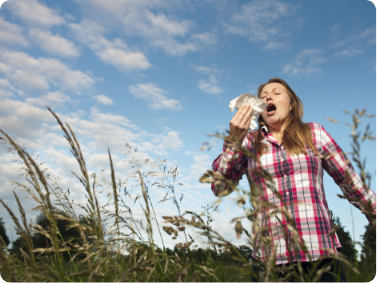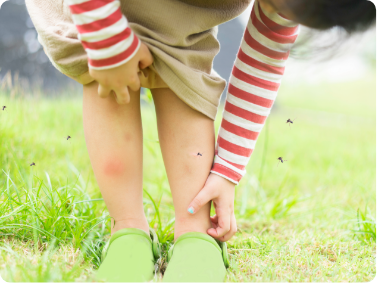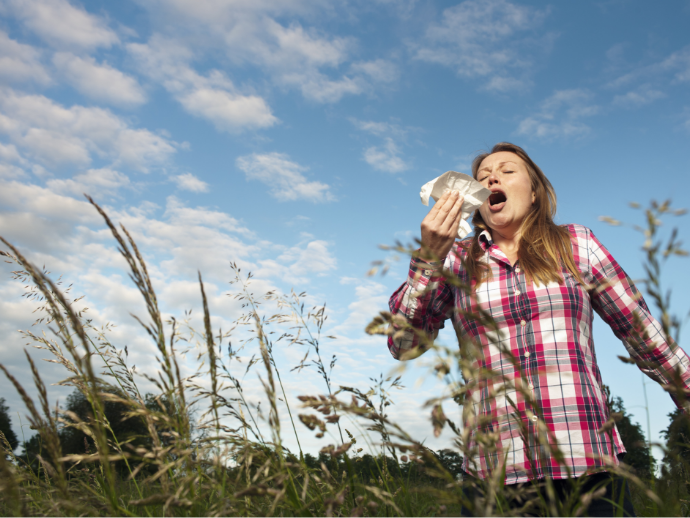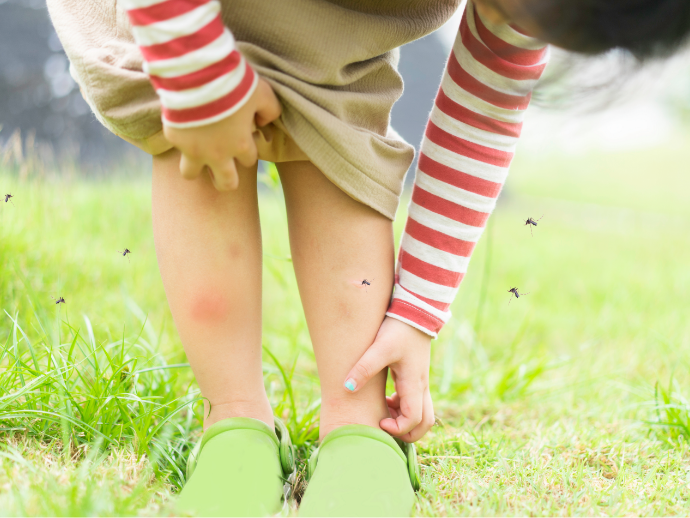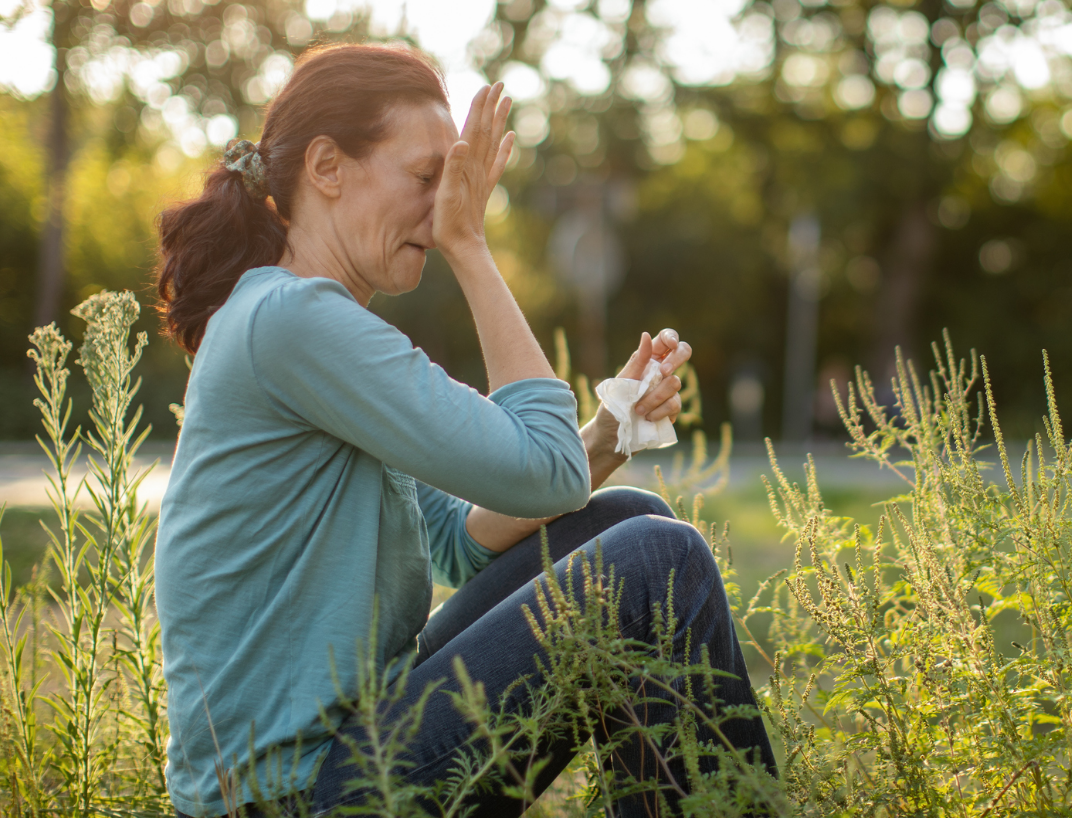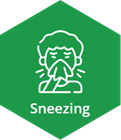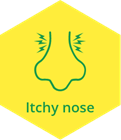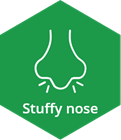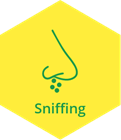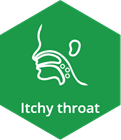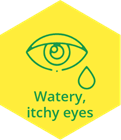Many of us will experience an allergic reaction to something at some stage in our lives. The watery, red and itchy eyes, sneezing, runny and itchy nose and all the other symptoms can really affect our day-to-day activities.1 If you or someone you love suffers from hay fever, you know how hay fever can affect your quality of life, whether it’s sleep disturbance, daytime fatigue, or difficulty concentrating.2,3
But what is hay fever and what causes it to happen?
Hay fever, also referred to as seasonal or year-round allergic rhinitis, affects around 400 million people worldwide.4 It is also the most common allergic condition in New Zealand.1 An allergy occurs when your immune system thinks something like pollen, dust or food is a threat.5 Pollen that floats in the air can enter through your nose, mouth, and or eyes and within minutes cause a range of allergy symptoms.6



